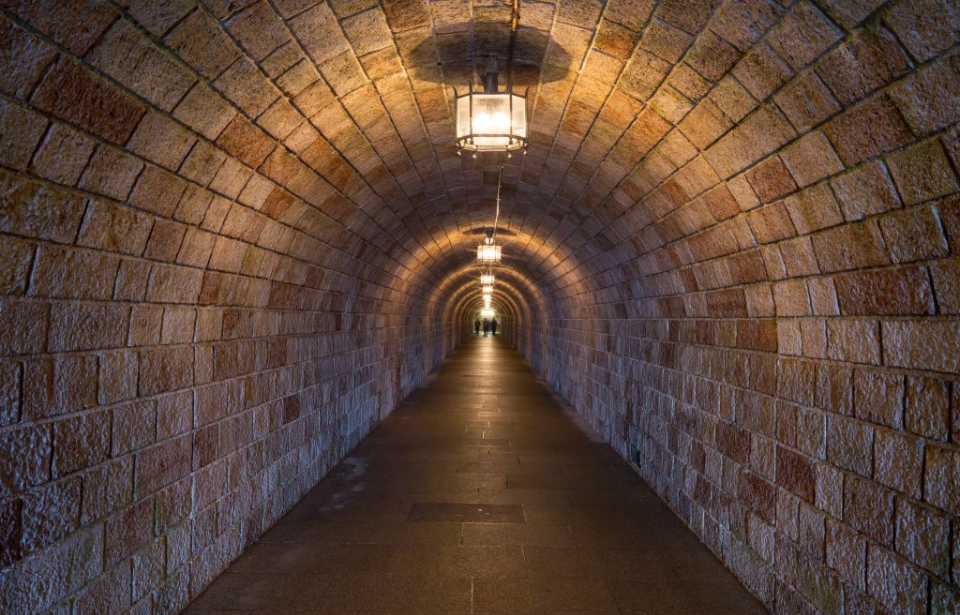Hidden near the Eagle’s Nest, part of the Führer’s mountaintop hideaway in the Bavarian Alps, lies a forgotten labyrinth constructed during the Second World War. Of the entire complex of buildings, known as Obersalzberg, the Eagle’s Nest is the only remaining piece, apart from the bunkers. Discover why this elaborate underground system was created, and how it remained untouched by both Allied bombings and explosives.
Obersalzberg
In the years leading up to the Second World War, the Führer had a series of chalets and lodges built in the mountains near the Bavarian town of Berchtesgaden. It was used by both him and other elite members of his party.
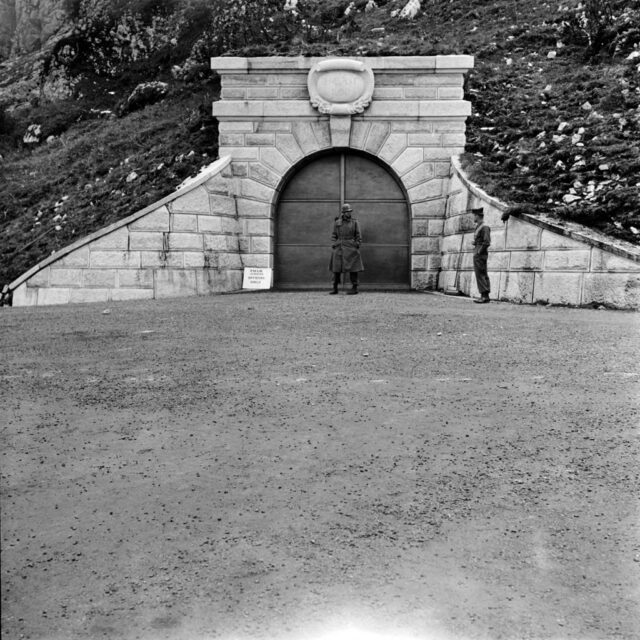
In fact, it was also where he hosted many important world leaders. After 1939, it became even more crucial to him as he used it as his primary command center from which he waged war. This was well known throughout Germany, and to his enemies as well.
A secret tunnel system
Despite this knowledge, the Allies didn’t act on this intelligence until April 1945. They did, however, launch intense air raids throughout the rest of the country. In response, the Führer had the protections around Obersalzberg intensified.
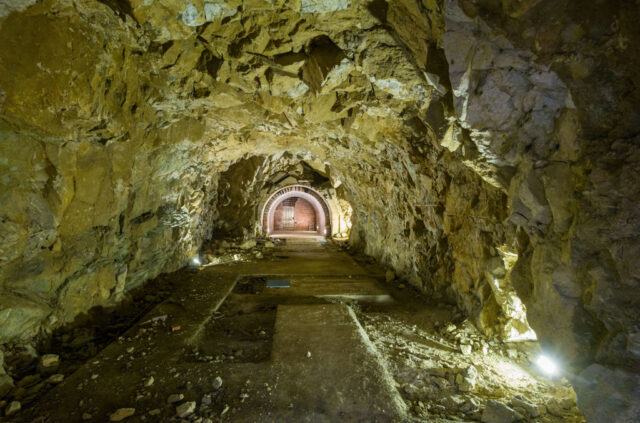
It was surrounded by numerous anti-aircraft guns, an elaborate smoke screen system was rigged, and the buildings were eventually camouflaged from the air. Most importantly, however, the tunnels and bunkers were created.
The bunkers
These lay underneath the 80-building compound, acting as almost a secondary town which would hide the Führer and those in his inner circle. This system was meant to be the final resort for the regime.
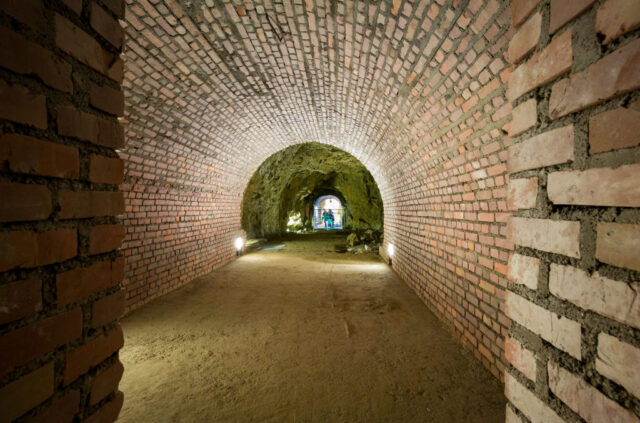
It was designed by Martin Bormann, and built primarily by Czech and Italian laborers working under German supervisors. By 1943, work started on construction, with the Führer’s bunker being built first.
An underground city
The tunnel to get underground was dug right from the basement of the Berghof, his personal house in the mountain complex. Eventually, each of the aboveground houses had their own matching apartment underground.
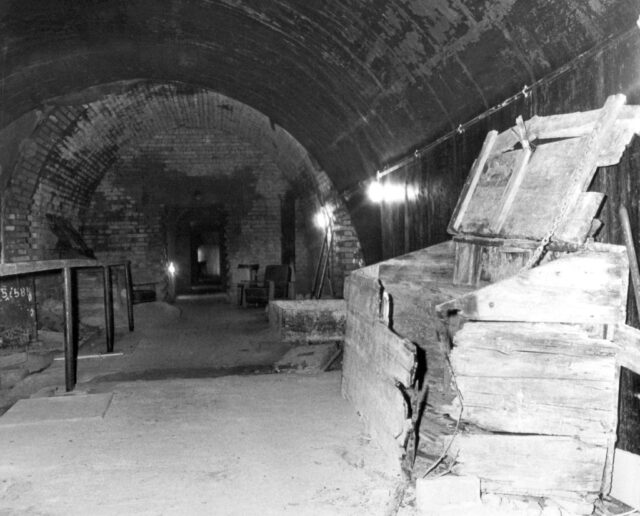
It had space for many meeting rooms, living spaces, offices, medical facilities, a government archive, and even central heating. This construction didn’t go completely unnoticed; the Allies could tell from aerial intelligence that something new was being built.
Bombing of Obersalzberg
They thought, however, that the construction going on at the site was that the Germans were building their own atomic bomb, not a series of bunkers. So they decided to finally launch an attack.
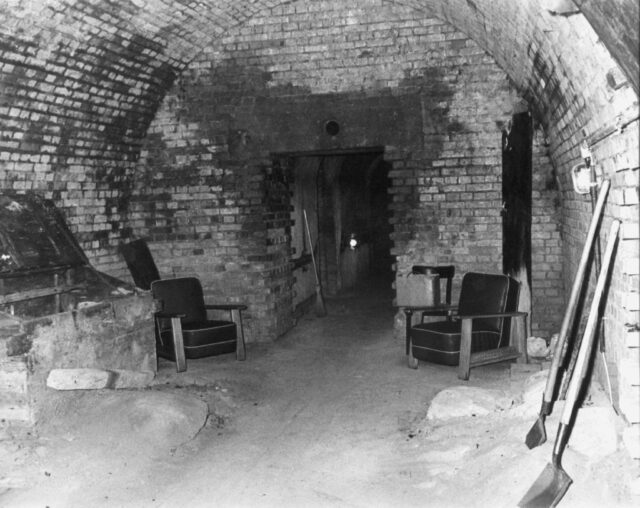
On April 25, 1945, as the war was coming to a close, the Royal Air Force launched a bombing raid against the entire complex. Over 350 heavy bombers were used in the attack, as well as many other smaller planes.
The remaining tunnels
Obersalzberg was almost completely leveled, all but the Eagle’s Nest. The tunnel system also remained entirely intact as well, and most of the Germans hiding within it made it out with not so much as a scratch.
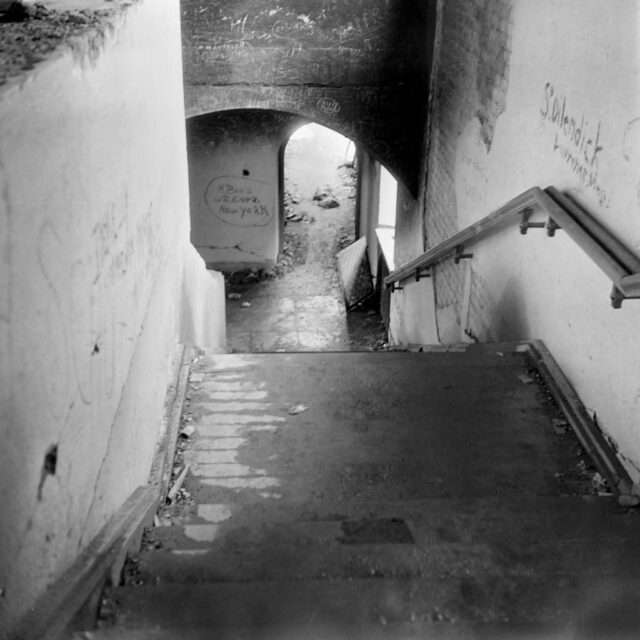
A few weeks later, Allied troops stormed the hideout. They took control of the remaining buildings as well as the bunkers. When they went underground, they found the most incredibly lavish belongings had been brought down.
Present day Obersalzberg
Many of these belonged to Bormann himself, including 36 tailored uniforms and suits, as well as jewelry. He had also hoarded more food than his family could possibly eat. The area was eventually handed back to the Bavarian government in the early 1950s.
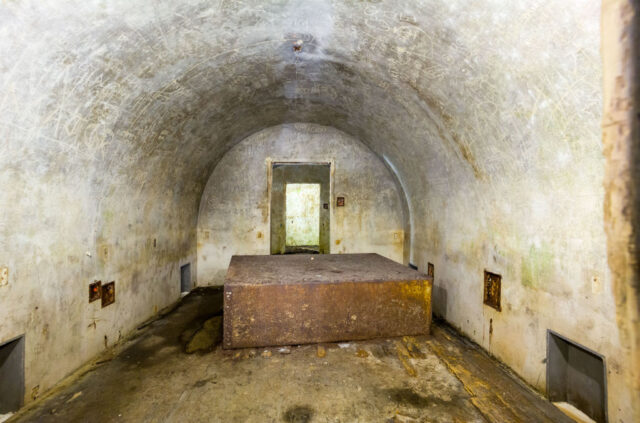
They made the decision to completely destroy the still-standing buildings to ensure they didn’t become a shrine. The tunnels weren’t quite as easy to get rid of, and many of them still remain under what was once Obersalzberg.
Part of the bunker complex can still be toured by the public through the museum Dokumentation Obersalzberg, although at the time of writing it is closed for construction.
